Recounting a month spent in the Chaloem Rattanakosin National Park. Written by John Altomonte and originally posted on his blog, Plant Visions
I spent all of February in the Chaloem Rattanakosin National Park as a newly minted Fellow of the EDGE of Existence Programme of the Zoological Society of London. Among the institution’s storied ranks are former Fellows such as the great Charles Darwin, whom I quote regularly:
“But I am very poorly today and very stupid and hate everybody and everything.”
Charles Darwin
As part of the programme, we spent a month living and learning in the park. Flown in from all over the world, each fellow came to study a different EDGE (Evolutionarily Distinct and Globally Endangered) species. These ranged from frogs, vultures, owls, sharks, crocodiles, yews, and pandans (me!). Coupled with some incredible instructors, we all got together in Bangkok before boarding a bus to the Kanchanaburi province.
The national park greeted us immediately with a towering cathedral of dipterocarps, whose canopies showered us with their winged progeny. The seasonal dryness of the forest was pervasive; nothing was in bloom, and a dense mat of fallen leaves crunched underfoot. Lianas and vines intertwined and knotted. Large buttressed roots swept in gentle arcs, belying their incredible strength and stability. My completely unbiased favorite individual was a massive Pandanus (the genus that is the focus of my study for the Fellowship) that towered in front of the nearby Tham Than Lot Noi Cave.
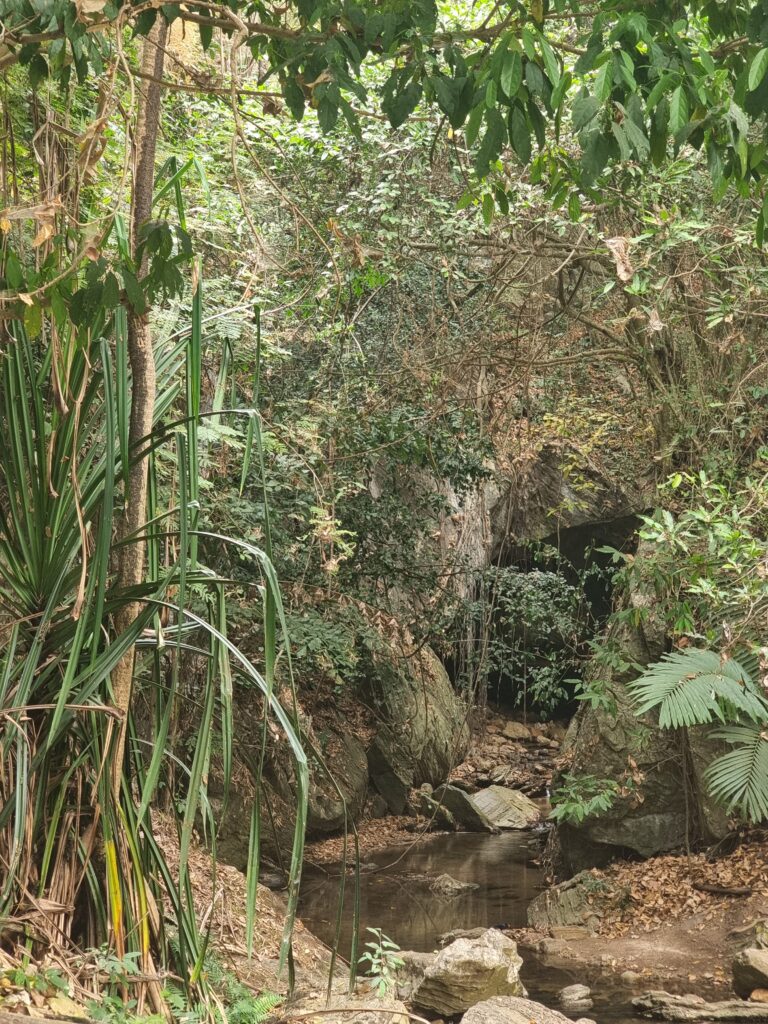
While it may not have been the best season for botanical exploration, I was lucky enough to learn from other fellows and instructors and work on different aspects of my Ecological Vision. One key realization came not from plants, but from the breadth of animal diversity that surrounded me daily. In the Philippines, large, endemic mammals are no longer extant (RIP to the Philippine rhino, Nesorhinus philippinensis, which existed 700,000 years ago). The country’s archipelagic nature isn’t entirely conducive for large fauna; even our endemic buffalo, the tamaraw, is miniaturized!
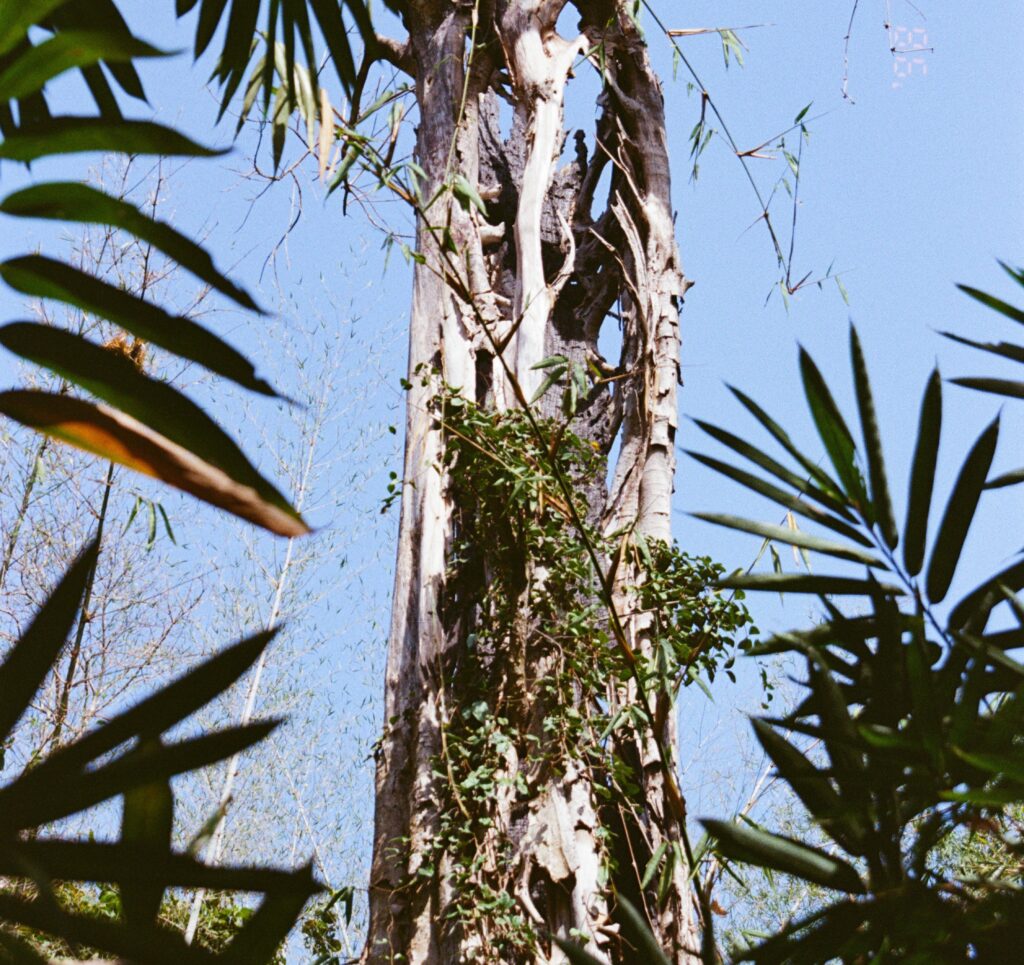
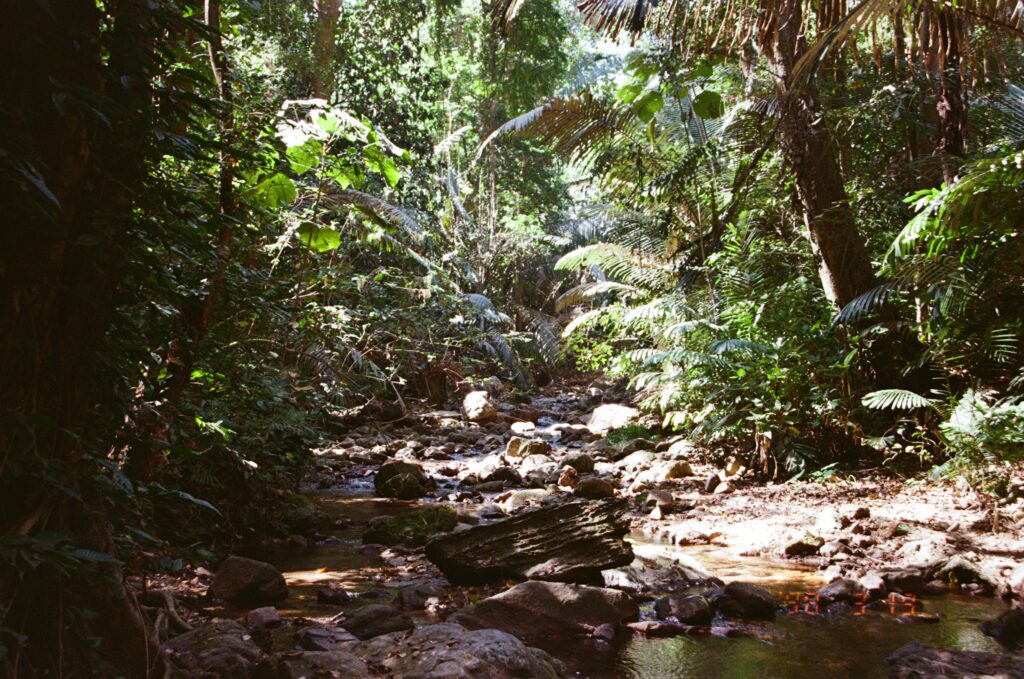
Fig 2. Forest scenes shot on Kodak UltraMax 400
Peninsular Thailand does not have the same constraints, and we were warned by the park staff early on not to stray away from certain trails because of elephants and bears, both of which may prove dangerous in human-wildlife interactions. While I managed to encounter neither, I did come across several large balls of fresh elephant dung while on a run, which was still rather exciting.
Smaller mammals, however, made their presence known daily. The incessant chattering of squirrels soon became part of the routine hustle and bustle of the park. From soft squeaks and chitters to loud, rapid-fire barks, their streaks of gray blitzing up and down trunks, or leaping from branch to branch overhead. Deeper in the forest trails, I was lucky enough to see a pair of pig-tailed macaques (Macaca leonina) playing with their two children in a distant tree. A few others were not so lucky the day before, when the macaques were directly overhead and, likely defensive of their children, pelted them with seeds!
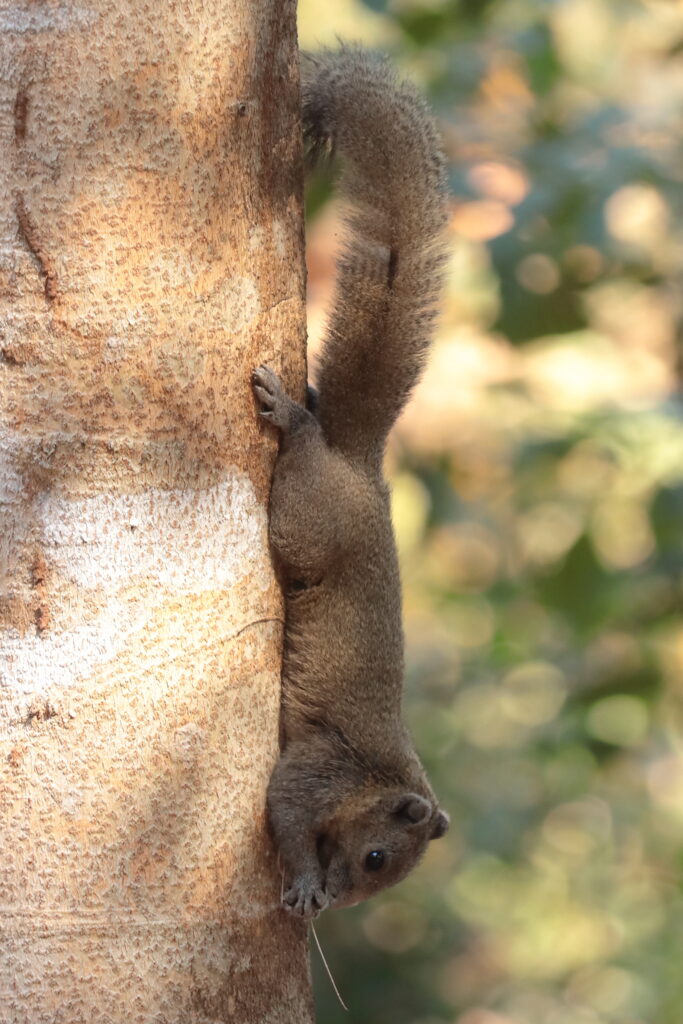
The cave systems in the park also provided a unique niche, housing large colonies of great roundleaf bats (Hipposideros armiger). Any trip to the forest trails entailed a walk through these caves, clambering over mineral deposits, ducking beneath stalactites, with thousands of bats flying overhead.
Almost as nocturnal as the bats were another subset of unique mammals: herpers. ‘Herpers’ are people who find and observe reptiles and amphibians, most of which only come out at night. As someone whose circadian rhythm is deeply attuned to the rising and setting of the sun, I had never been on a night walk. Humans are clumsy beings and heavily rely on vision to move about. Of course, at night, this is extra difficult, and access to a good flashlight or headlamp is the only way to find anything. When out herping at night, I was taught to look for animals through their eyeshine- by holding up your flashlight at your eye level, the beam’s reflection is visible as a glitter from the eyes of other beings. Immediately upon doing so, a constellation of eyeshine sparkled in the dark, thousands of small spiders that dotted the forest that were nearly impossible to see in the daylight.
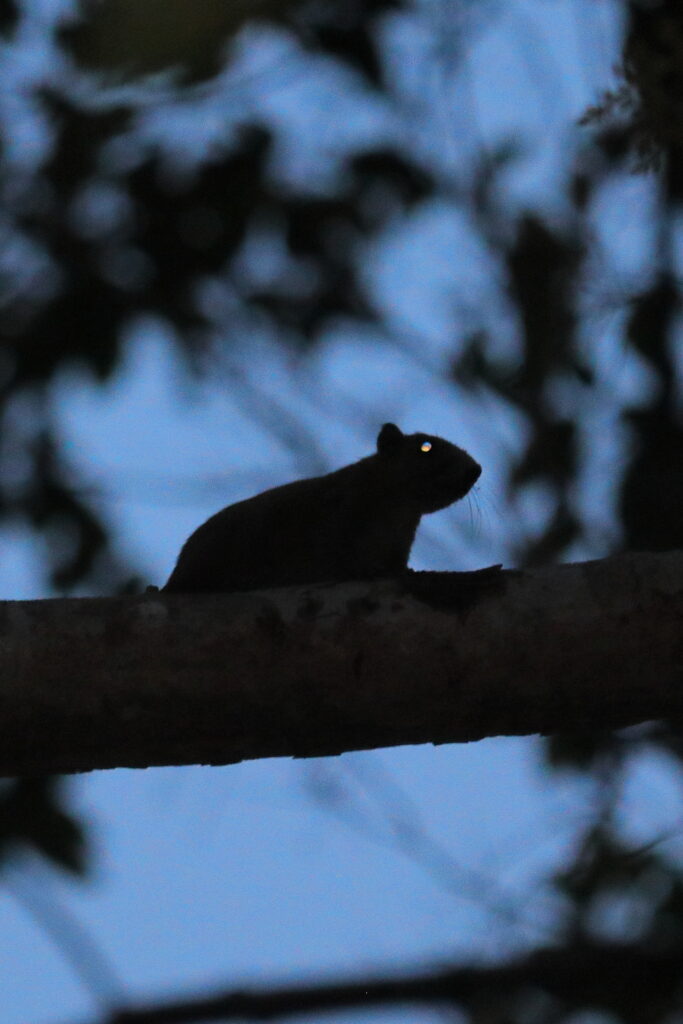
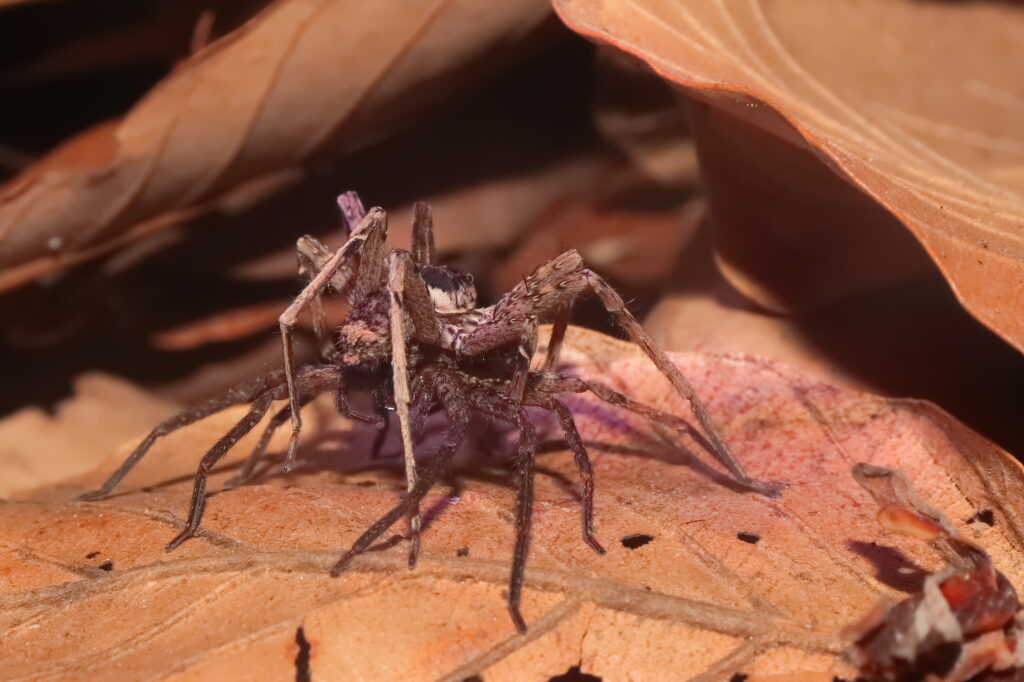
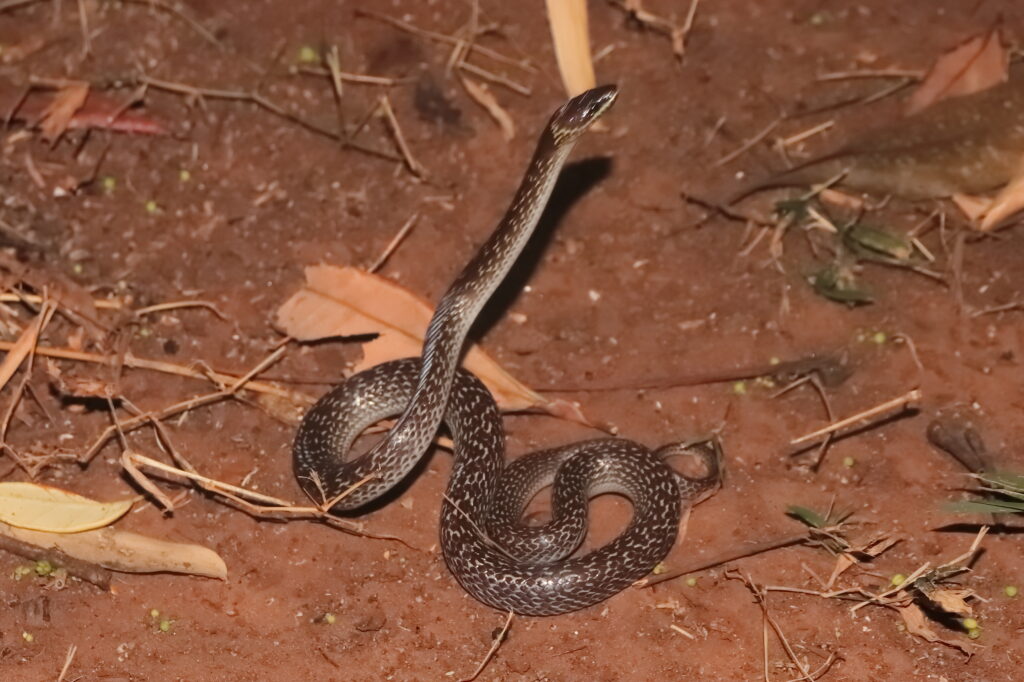
Larger arachnids also made their home among the nooks and crannies of the forest floor, including tarantulas and several hundred Asian forest scorpions (Heterometrus longimanus), the latter of which we surveyed later on (and ate as a delicacy) as part of the course.
On these nightwalks, the chatter of squirrels was replaced by a chorus of croaks from the amphibian diversity that occupied the streams that ran through the park. From small painted frogs to the BOFs (scientific name: Big Ol’ Frogs) that dwarfed any other amphibian I’d previously seen.
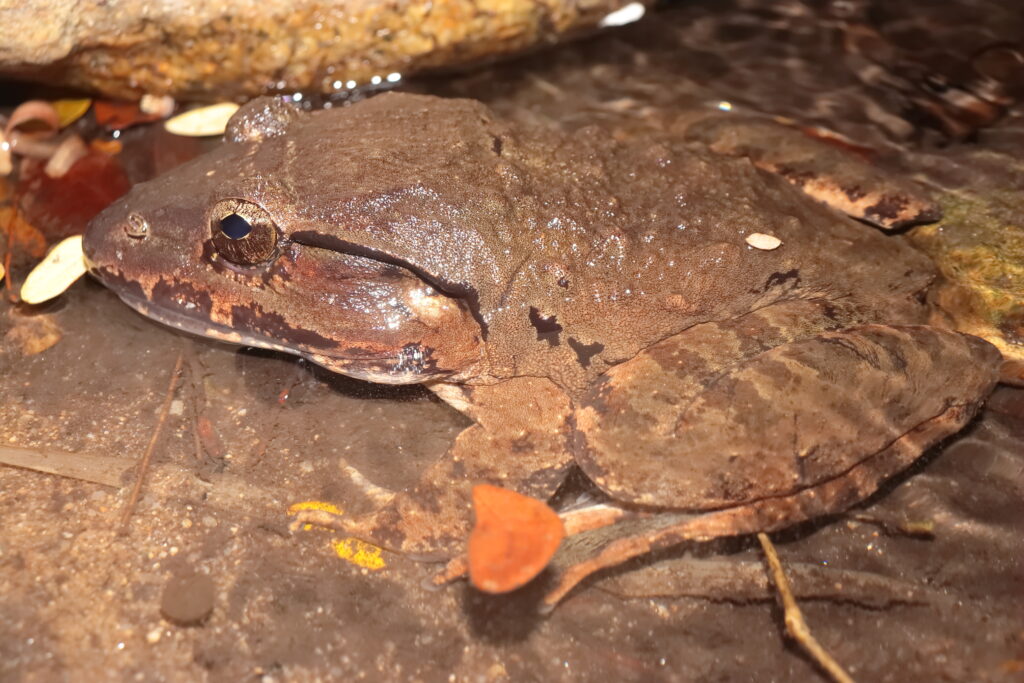

Fig 7. BOF (left), Asian painted frog (𝘒𝘢𝘭𝘰𝘶𝘭𝘢 𝘱𝘶𝘭𝘤𝘩𝘳𝘢, right)
Once the sun comes up, these night time beings nestle away in their nests, burrows, and holes, and other creatures take their place. Skinks sunbathe, then skitter away into piles of leaf litter as you walk nearby. Other more arboreal species stand watch on trees, waiting for prey.
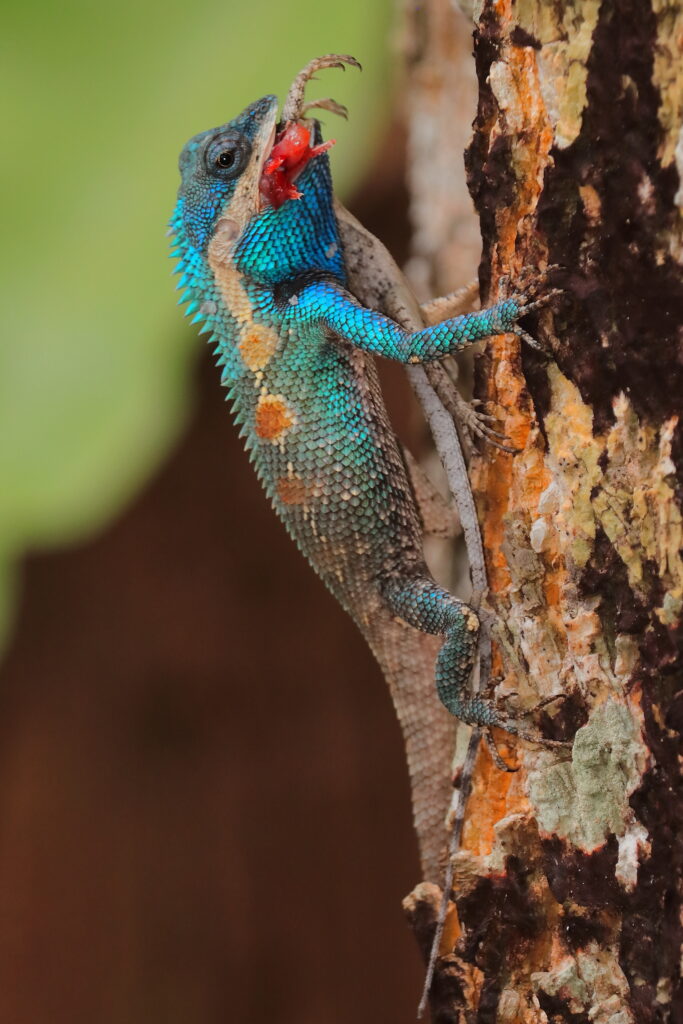
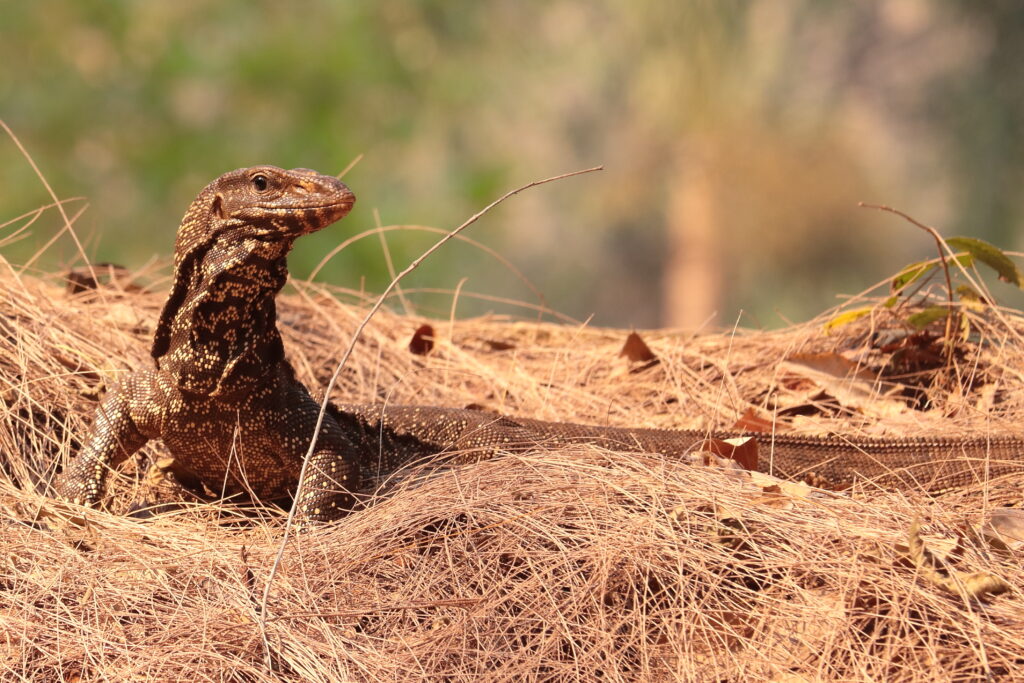
Dawn at the park is particularly colourful, as barbets and bulbuls serenade each other, herons stalk through the streams, and raptors circle overhead. Barn owls sit sleepily above after a long night, and the hoots of scops owls fade with the rising sun.
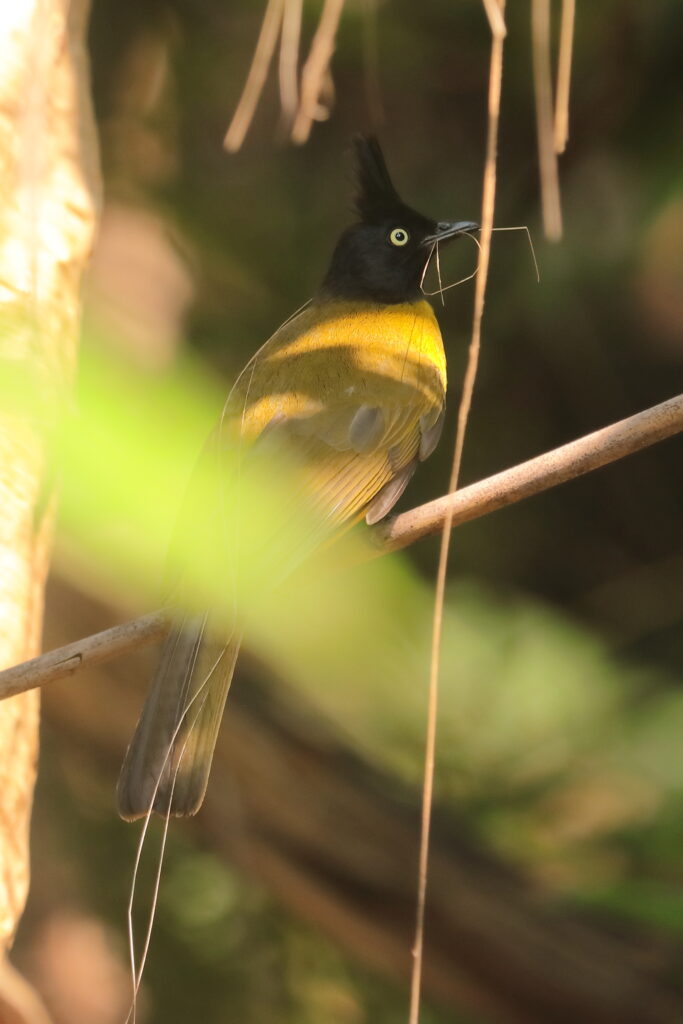
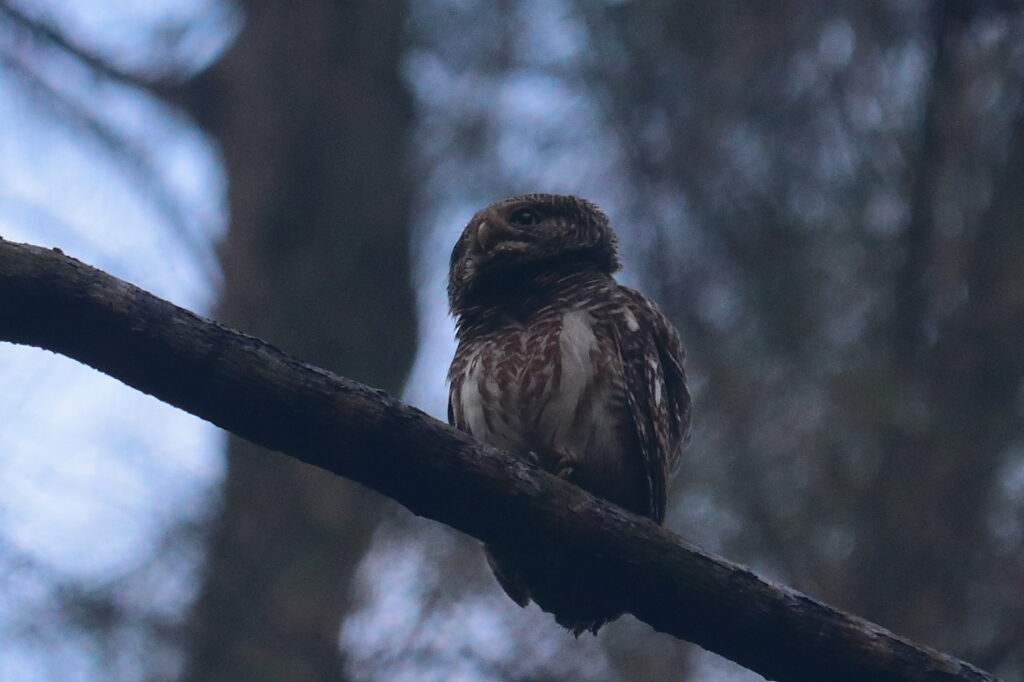
I arrived eager to study plants, but left with a wider lens and a deeper sense of wonder for the lives intertwined around them. The other Fellows, too, were teachers in their own right: each one immersed in the story of a species, helping me see conservation not just through the lens of science, but through empathy, community, and shared curiosity.
Perhaps conservation begins not with grand plans, but with noticing; whether that be the shimmer of spider eyes in the dark, or a single Pandanus standing sentinel by a cave mouth. The EDGE Fellowship felt more than just a research program and more akin to a call to attention. Conservation is a mosaic made richer by every new species we protect, and every person we bring into the fold.